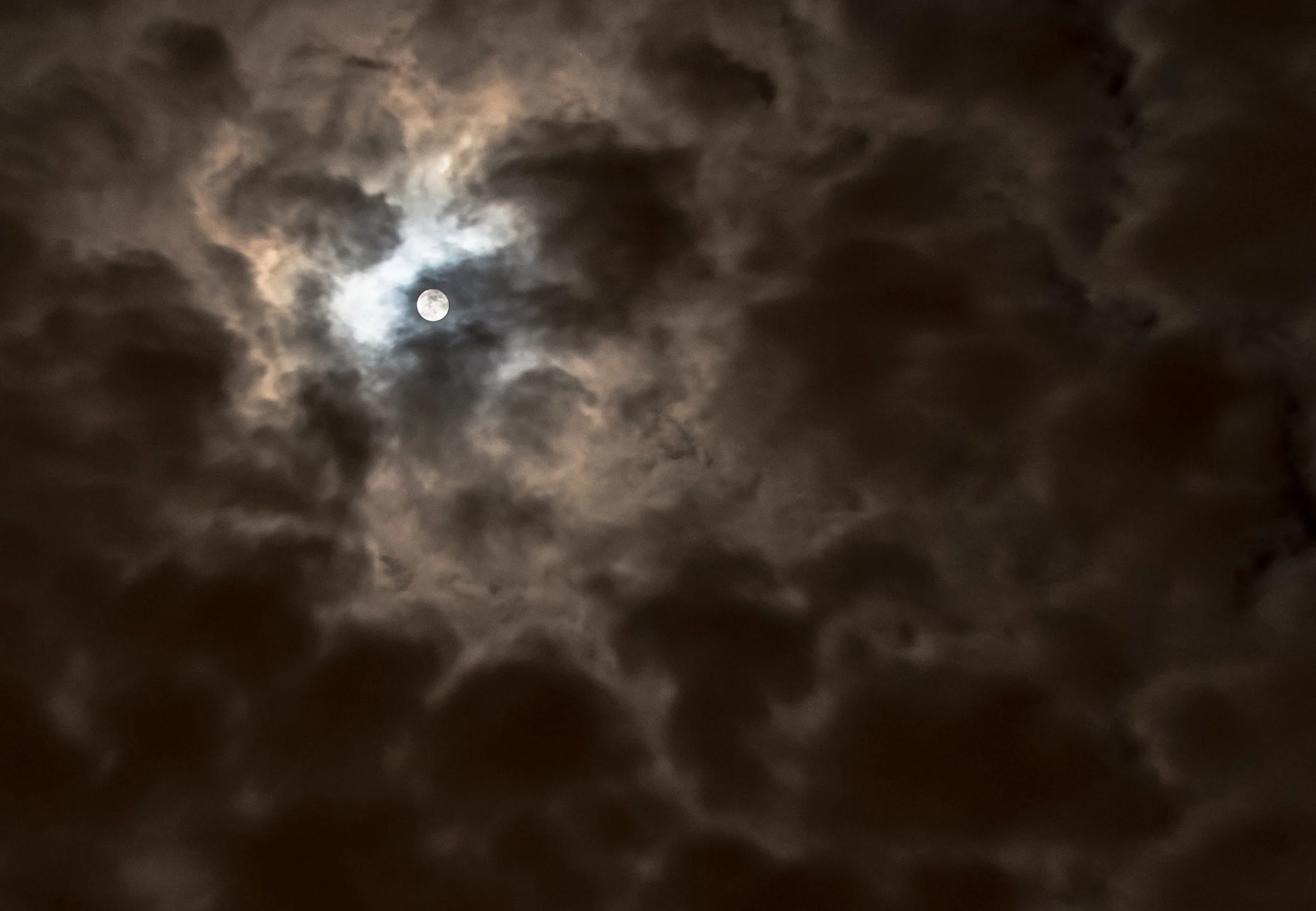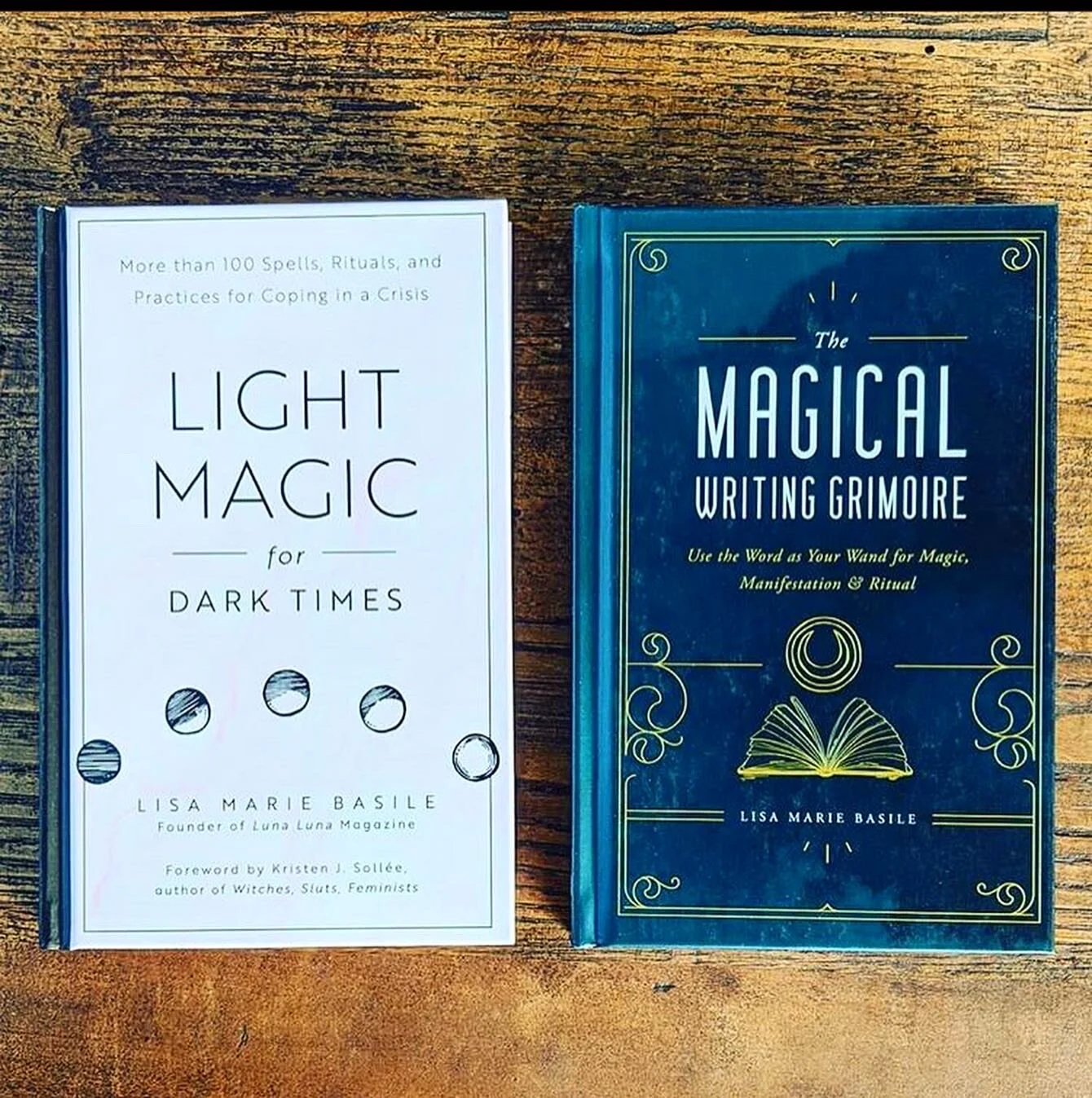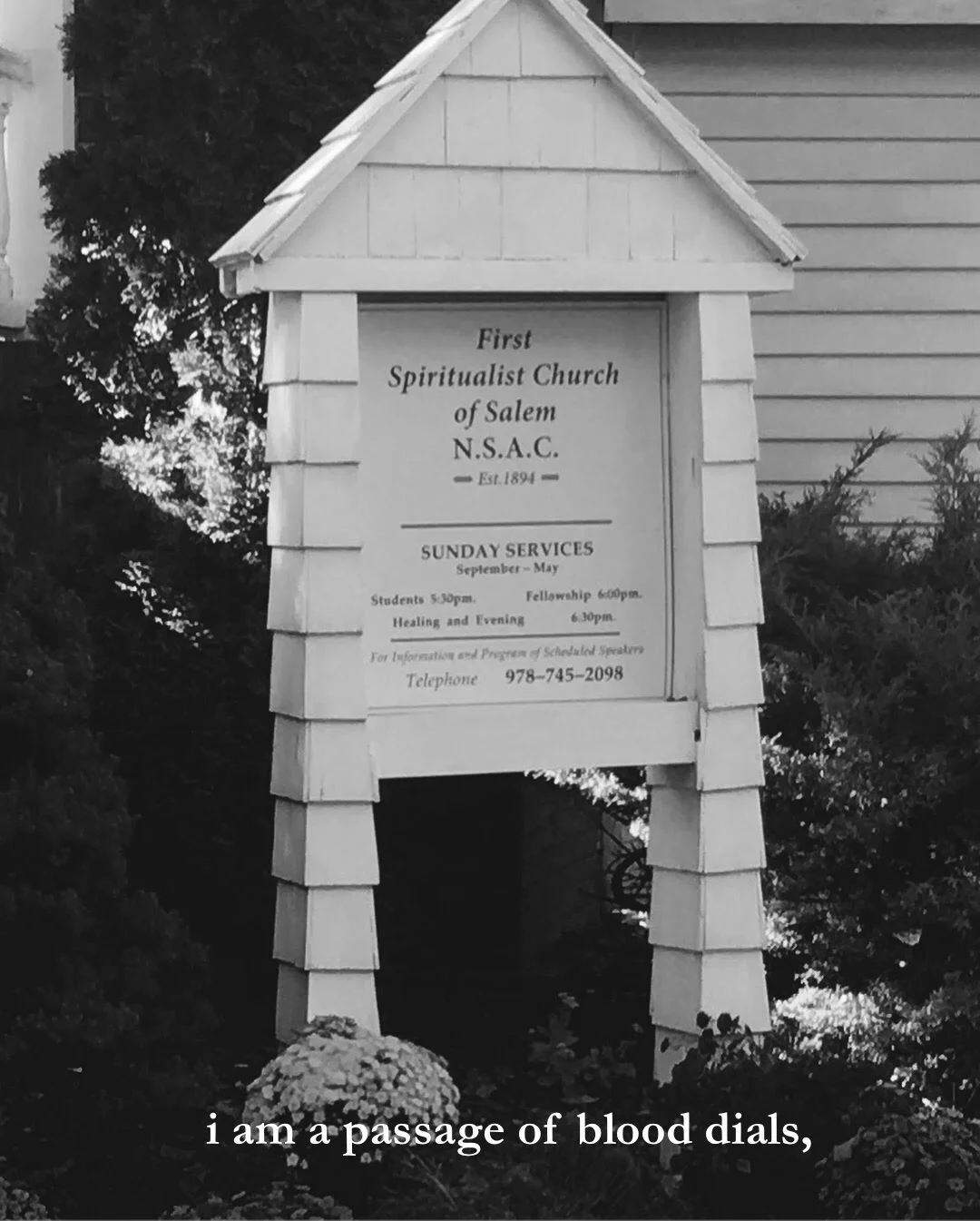BY TINA V. CABRERA
CURATED BY TRISTA EDWARDS
If we create stories to try on different selves, and stories of a sort inform our dreams, then dream selves are just as (un)real as the lives we call reality.
Last night’s dream:
My dead sister attended a wedding with my living sister and me.
She wore a fancy black and white silk dress, her skin tanned, her hair pitch black.
(In the waking world, she dyed her hair blond and dressed in modest attire).
Dream living sister sported a man’s tuxedo and walked with an imposing gait. (Waking world sister dresses in skirts and heels and though not entirely modest, does not walk with brazen conceit).
Dead sister’s son told me some time after she died that his mother thought herself ugly, and I wasn’t surprised. I remember the hesitance with which she often carried herself, the opposite of dream dead sister who entered the room with great pride.
The living sister I know in this (un)reality would never be caught sporting masculinity, yet I recognized her dream-self through the hazy figment of dream memory.
~
If dream narratives run weak and vague, maybe the fault lies not with dreams, but with dream memory. Maybe dream stories are rich and vibrant with detail, plot, and logic, but we cannot remember with this reality’s sharpness.
Dreams are like music—you cannot explain what moves you or draws you to the melody. Dreams, like music, leave only an impression. Dreams are not the stuff of science or the intellect. Not any better or worse than waking reality, just different.
~
My sister is dead. A terrible death. I heard more in her voice over the phone than I ever did in person. Strained and rough, sounds rather than words, tears audible, sobs. I tried to reassure: "Oh it’s going to be okay." From over a thousand miles away, yet deafening to my ear, to hear the death rattle even before it ever began.
She is with me even now, though she died three years ago: vacant eyes, a shell. She is with me yet. I can’t forget: shuffling down the cold corridor, sterile floor with the aid of our father’s elbow. Like our mother’s death, all-enveloping yet lingering. Same evasion of the eyes. Why? My sister died before she died. The body yet moves from habit, mechanically, from auto-memory, like a chicken without its head. A terrible death. Every death is terrible that is not sudden and quick.
I thought of her from time to time, when we lived far apart. Sometimes memory, sometimes imaginary scenes. Same thing now that she’s dead. And in dreams. A reality my mind projects. Phenomena of the mind.
If, as scientists claim, our consciousness lags behind reality by seconds—it takes that long for our senses to perceive what happened, then is this dog lying next to me on the couch really here right now? Or is she a mere after-image? Can I ever catch up to this world ‘out there’?
Dreams are even more delayed than waking reality, hits me after I awake hours later. For dream reality, that equates to infinity. Perhaps that is why dream narratives are vague and hazy, easily forgotten, difficult to remember. Too much time passes by in between. By the time I remember elements of my dream, it has altered, so that I am left with faded impressions. When set to words, to narrative, something is lost in translation.
~
Sleep and dream are like death. I would guess. I would prefer the dulled sensations of vague dreams over the harsh, hard-hitting-to-the-senses quakes and upsets of my waking, working days.
~
Do I recognize my dead sister only in the remembering of the dream, or when in the midst of actually dreaming? There must be some kind of dream logic, as some say, dream is the dumping ground of memory. Dream’s attempt at narrative like the work of a mad genius. Dream dead sister directed in an illogical script, I sense her (and my) unease. Dream selves take back stage to persona, to aura. She is still my sister, even in costume, even in dream body and skin.
Tina V. Cabrera earned her MFA in Fiction from San Diego State University in 2009. Her essays, fiction, and poetry have appeared in or are forthcoming in journals such as Pleiades, Hobart, Quickly, Crack the Spine, Big Bridge Magazine, Vagabondage Press, San Diego Poetry Annual, Fiction International and Outrider Press. She has presented critical work at the Northeast Modern Language Association (NeMLA) in New York and Pennsylvania, which has been published in print and online. You can visit her writer’s blog at www.cannyuncanny.wordpress.com/.
Trista Edwards is a contributing editor at Luna Luna Magazine. She is also the curator and editor of the anthology, Till The Tide: An Anthology of Mermaid Poetry (Sundress Publications, 2015). She is currently working on her first full-length poetry collection but until then you can read her poems at 32 Poems, Quail Bell Magazine, Moonchild Magazine, The Adroit Journal, The Boiler, Queen Mob's Tea House, Bad Pony, and more. She creates magickal candles at her company, Marvel + Moon.































